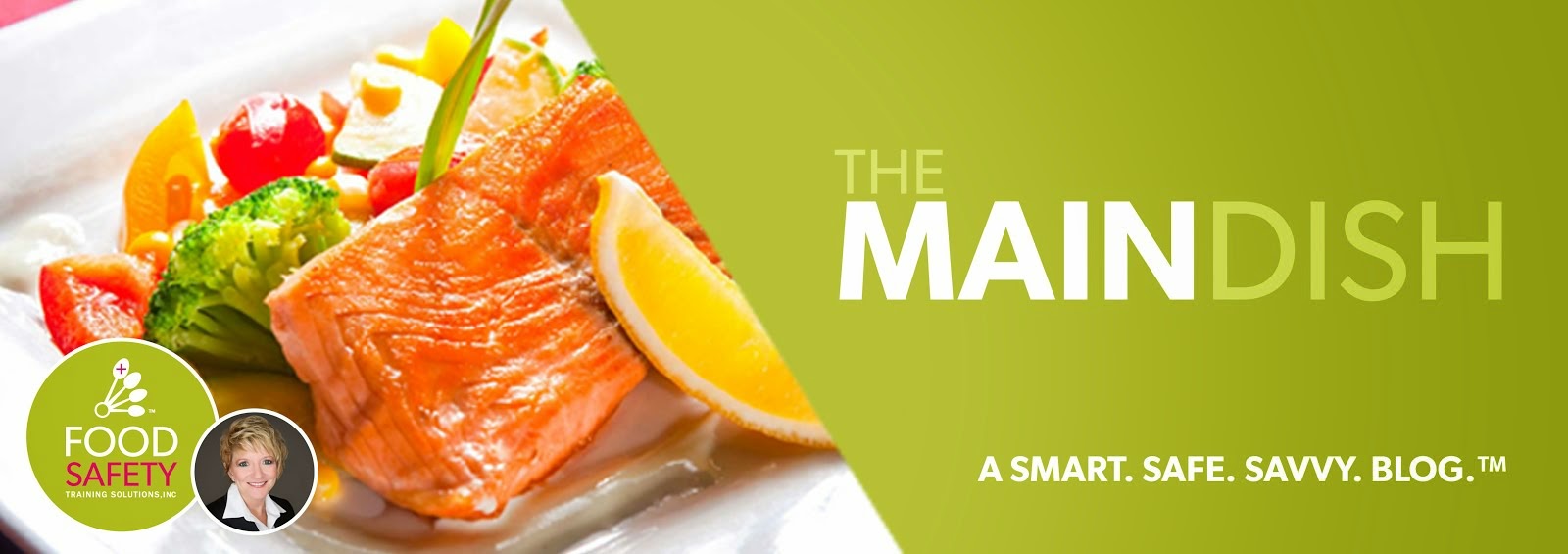 |
| By Francine L. Shaw |
Sadly, there have been a variety of tragic food safety crises in the restaurant industry.
In 1993, an E. coli outbreak at Jack in the Box infected 732 people. Four children died and 178 other victims were left with permanent injuries, including kidney and brain damage. Chipotle has had an unprecedented run of foodborne illness outbreaks beginning in 2015. And there have been a number of food product recalls that have sickened many and negatively impacted the companies involved.
A crisis isn’t necessarily a foodborne illness. Think about other unexpected crises that could impact your restaurant, staff, and guests: hurricanes, like the horrific ones we’ve experienced lately, or other natural disasters. What if there’s a robbery, a customer chokes and dies at your restaurant, there’s an unexpected power outage or a shooting at your venue? Yes, unfortunately, these are all real possibilities.
If a crisis were to occur at your restaurant, would your team know what to do? The overwhelming majority of your employees are going to panic and forget everything they’ve ever been told, which is normal. Therefore, it is important to be prepared for every type of crisis imaginable – before anything bad actually happens.
When you’re developing your plan, here are some things to consider and implement:
Form a crisis management team. Assess which roles need to be part of the crisis management team and what the responsibilities need to be. Document roles and responsibilities. The team should consist of a corporate attorney, company leadership, food safety team, crisis management consultant, a trained media spokesperson and applicable government agencies.
Know how your local health department operates. The role of the local health department varies from jurisdiction to jurisdiction, so get to know your local inspectors. Don’t be afraid to work with your regulatory agencies, they want to help.
Know whether you’re one of 20 states that have emergency response teams funded by the FDA. What do you do if you’re not one of them and disaster strikes?
Create honest, authentic and apologetic messaging. This will, of course, need to be developed to meet the specifics of your situation. Regardless of what happened, you’ll need to honestly describe the situation and explain the solutions-focused plan you’ve created to move forward. Transparency is important, otherwise, the general public will lose confidence and trust.
Work with the media to disseminate information about the incident. The media want to report what has happened, and it’s in your best interest to be straightforward with them. If there was a breakdown in your process, identify it, whether you received tainted merchandise from a vendor or experienced an error in the kitchen. Explain the concrete steps you’re taking to fix it and prevent a reoccurrence (e.g., selecting different vendors, re-training your staff, adjusting your food allergy protocols, etc.).
Train (or re-train) your staff on food safety protocols. Be certain that everyone is knowledgeable about food safety (e.g., how to prevent cross-contamination, how to properly prepare allergy-friendly meals, etc.) to avoid similar crisis situations in the future.
Use social media wisely. Monitor social media (Facebook, Twitter, Instagram, etc.) and respond to negative and/or erroneous comments. Messages on social media (as well as in real life) should always be positive, professional and honest. Don’t get defensive and don’t allow yourself to get sucked into toxic, negative message spirals.
Communicate with your customers and employees to win back their trust. Be honest, sincere and apologetic. Explain how/why their loyalty is so important to you, and vow to earn their trust again.
Change vendors, if necessary. Did a vendor mislabel ingredients, causing an allergic reaction in one of your guests? Did they source tainted products and sell them to you? Change vendors, and be clear in your communications (to media, via social media platforms, etc.) that you identified the vendor as the source of the problem, explaining that you’ve cut ties to them to eliminate similar events in the future.
Thank the responders that helped. Perhaps your crisis wasn’t a foodborne illness – it was a customer dying of natural causes, a bomb threat or an electrical fire at your restaurant. Use the media and social media platforms to thank the police, fire department, paramedics – whichever responders helped defuse the situation.
Designate a media spokesperson. When facing a serious crisis, your restaurant’s CEO/owner/president should be the spokesperson. The public wants the head of the company to speak authoritatively about the incident and the concrete plans to resolve the problem. Practice your messages before going in front of the cameras, anticipate the most challenging questions you may receive, and determine how you’ll respond professionally, politely and non-defensively.
Stay calm. While it’s upsetting (and terrifying!) to be in a crisis situation, remain calm as you work to recover from the incident. Follow your crisis plan and communicate your key messages. Make certain that important audiences (including customers, prospects, employees, the media, vendors, health inspectors, etc.) recognize how hard you’re working to prevent similar incidents in the future.
Debrief after the crisis is over. Get the crisis management team together and debrief. Review your plan and see if there is any room for improvement for future preparedness.
There’s an old adage: fail to prepare and prepare to fail. This is true in a crisis situation. Prepare before anything bad happens, so your team is well-equipped. Hopefully, you’ll never have to use this plan, but it’s smart to have it – just in case.
